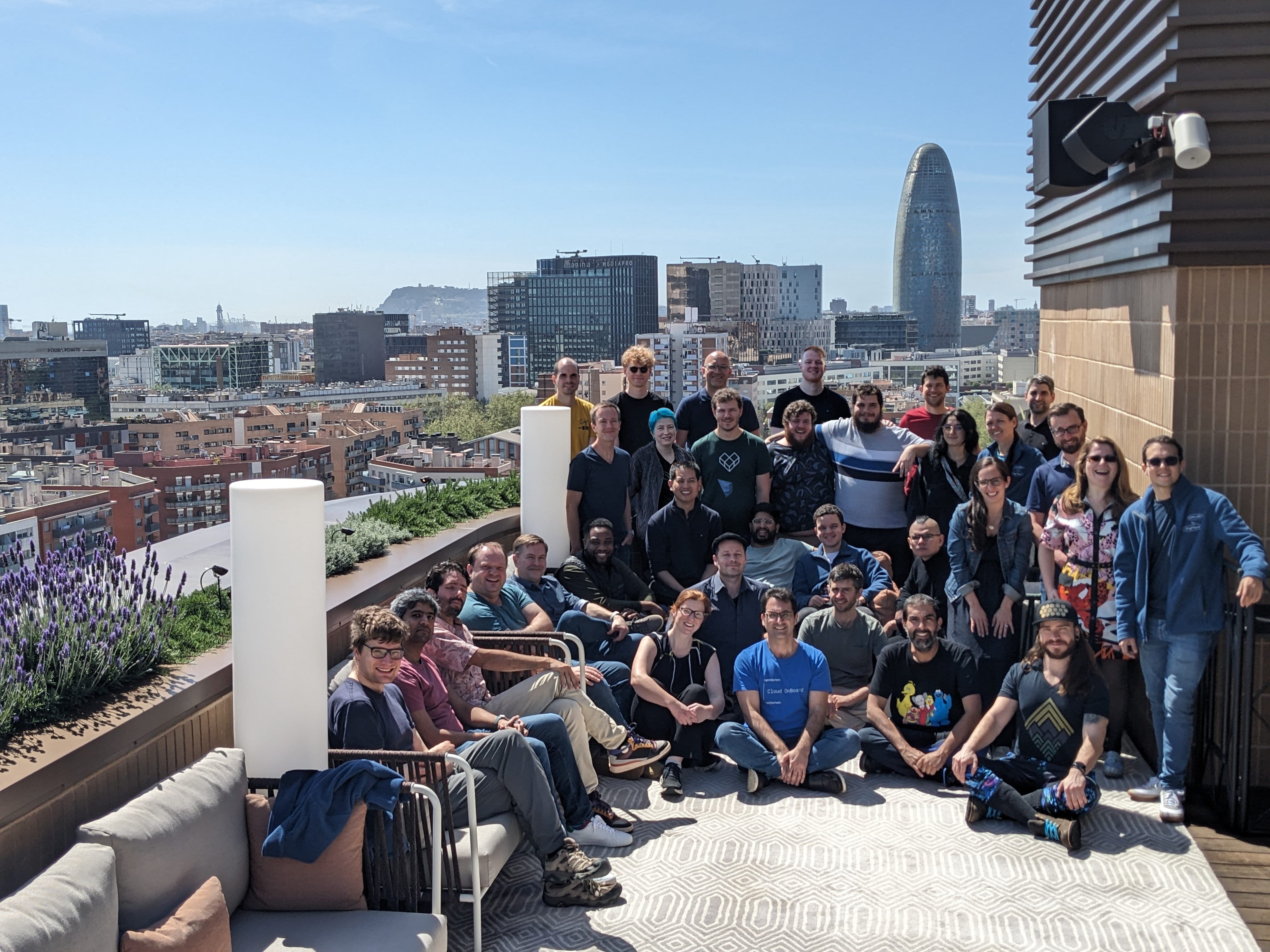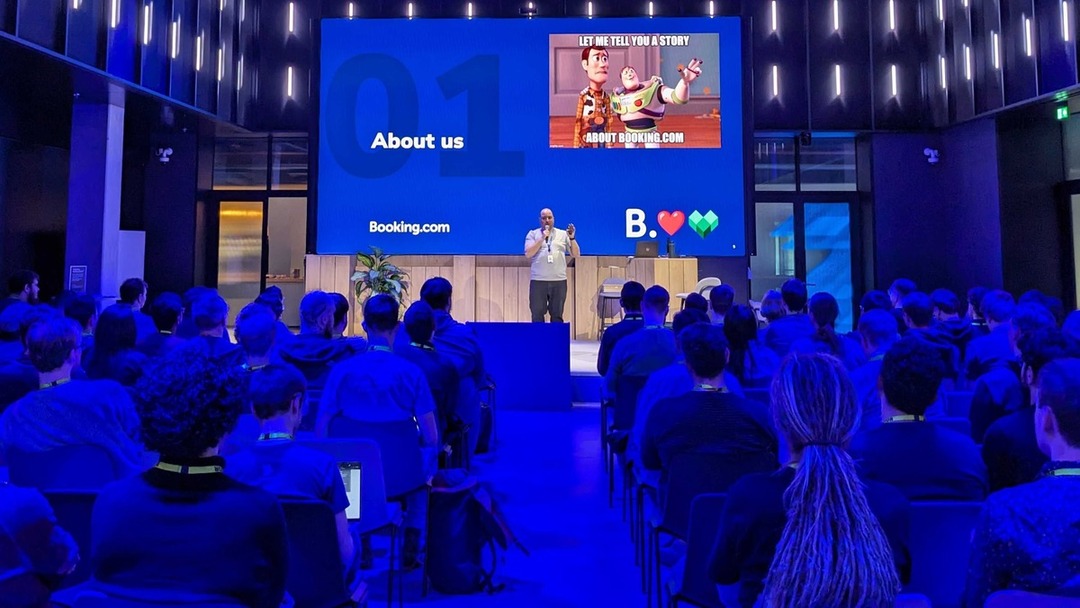Around the World with Bazel in Watercolors

This article is part of the series "Around the World with Bazel in Watercolors".
- Introduction (this blog)
- Sydney
- San Francisco
- New York
- Boston
- Amsterdam and Barcelona (coming next)
One of the challenges of leading a globally distributed company with employees and customers on 6 continents is making time for meaningful connections with people. I’ve embraced this challenge and turned it into an opportunity. That means combining travel with industry conferences, team summits, customer and future customer relationship development, and product discovery. So far this year, that includes 12 cities (Sydney, San Francisco, New York, Amsterdam, Barcelona, Boston, Munich, Berlin, Cologne, Minneapolis, Chicago, Seattle), 71 customer and future customer visits, and gathering a total of 231 engineers at our events, plus meeting up with EngFlow team members.











